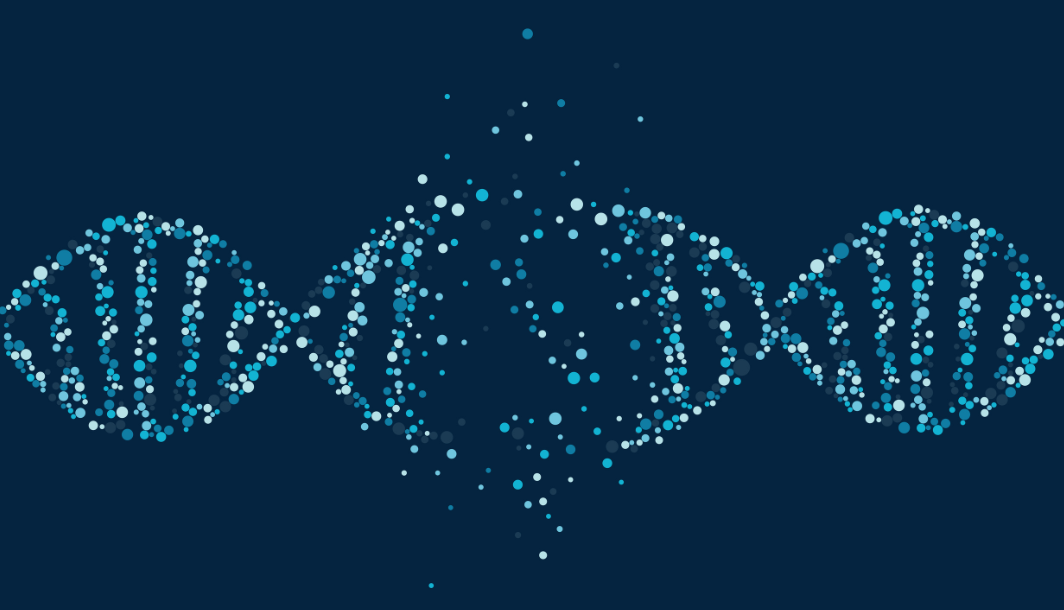US serial killer case opens door to using cutting-edge DNA data in courts
By Katherine Bourzac,
Nature
| 09. 25. 2025
New York trial could set a legal precedent by admitting findings from whole-genome sequencing as evidence.
A judge in New York rejected a request on 23 September to disqualify the use of cutting-edge DNA sequencing as evidence in a case against an alleged serial killer. The ruling paves the way for a type of DNA analysis known as whole-genome sequencing — used to decipher ancient DNA in fossilized remains, for example — to be admitted as evidence in US criminal trials.
“This is a big step forward for the use of DNA evidence, because it will allow comparisons and matches with evidence that was previously considered too minuscule, too old or too badly degraded to be considered useful,” says Nathan Lents, a biologist at the John Jay College of Criminal Justice in New York City. “You can bet that cold-case units all over the country are going back through their evidence lockers to see if there are samples that can now be tested with a reasonable chance of success.”
A technology matures
The Gilgo Beach killings were a series of murders that occurred in Suffolk County, New York, between 1993 and 2011. Many of the victims...
Related Articles
By Emily Glazer, Katherine Long, Amy Dockser Marcus, The Wall Street Journal | 11.08.2025
For months, a small company in San Francisco has been pursuing a secretive project: the birth of a genetically engineered baby.
Backed by OpenAI chief executive Sam Altman and his husband, along with Coinbase co-founder and CEO Brian Armstrong, the startup—called...
By Jessica Hamzelou, MIT Technology Review | 11.07.2025
This week, we heard that Tom Brady had his dog cloned. The former quarterback revealed that his Junie is actually a clone of Lua, a pit bull mix that died in 2023.
Brady’s announcement follows those of celebrities like Paris...
By Emily Mullin, Wired | 10.30.2025
In 2018, Chinese scientist He Jiankui shocked the world when he revealed that he had created the first gene-edited babies. Using Crispr, he tweaked the genes of three human embryos in an attempt to make them immune to HIV and...
Public domain portrait of James D. Watson by Cold Spring Harbor Laboratory
and the National Human Genome Research Institute on Wikimedia Commons
James Watson, a scientist famous for ground-breaking work on DNA and notorious for expressing his antediluvian opinions, died on November 6, at the age of 97. Watson’s scientific eminence was primarily based on the 1953 discovery of the helical structure of DNA, for which he, Francis Crick and Maurice Wilkins shared the 1962 Nobel Prize in Physiology or...




